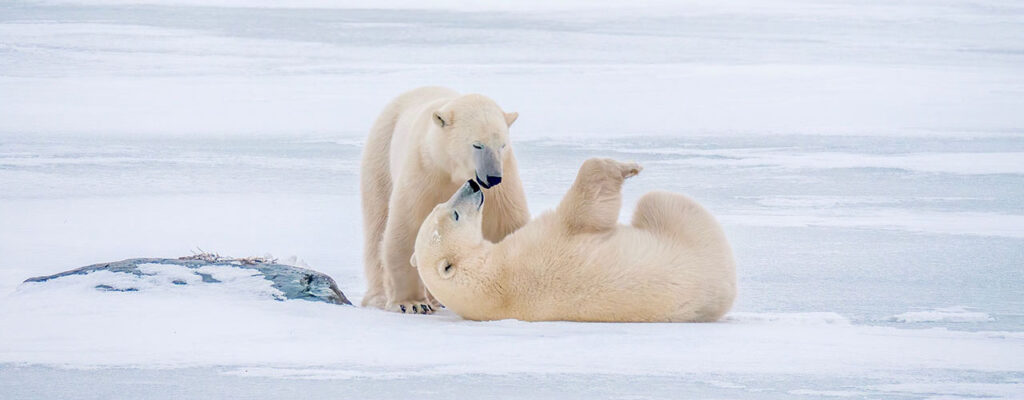Menu
Close

U.S. Fish and Wildlife Service, Region 7 (Alaska) – Fisheries & Ecological Services
The Arctic National Wildlife Refuge (Arctic Refuge) sits at the intersection of energy development and critical wildlife habitat—home to the Southern Beaufort Sea polar bear population. The U.S. Fish and Wildlife Service (USFWS) required rigorous, science-based analysis to inform Incidental Take Regulations (ITR) that balance responsible oil and gas activities with the protection of denning female polar bears and their cubs. In a politically sensitive and scientifically complex environment, the agency needed a partner capable of delivering defensible research and actionable risk insights.
Lindahl Reed provided advanced ecological and statistical expertise to evaluate the impacts of industrial activity on polar bear denning behavior, survival, and population dynamics. Our team of Ph.D.-level biologists and modelers designed and executed five interrelated research efforts:
All work was conducted in close collaboration with USFWS, USGS, tribal organizations, industry representatives, and conservation NGOs ensuring transparency, scientific rigor, and stakeholder credibility. Analysis and modeling were performed using R, JAGS, and ArcGIS Pro.
Lindahl Reed’s work equipped federal decision-makers with the science and tools needed to responsibly balance environmental stewardship with economic development in one of the most ecologically significant and politically scrutinized regions of the United States. By combining advanced ecological modeling with a collaborative stakeholder approach, we enabled USFWS to pursue conservation and energy security objectives rooted in evidence, accountability, and long-term sustainability.
“[Lindahl Reed’s staff member’s] contributions were above and beyond his normal duties. Without his engagement, expertise, and leadership, we would not have been able to complete our project to such a high standard.”